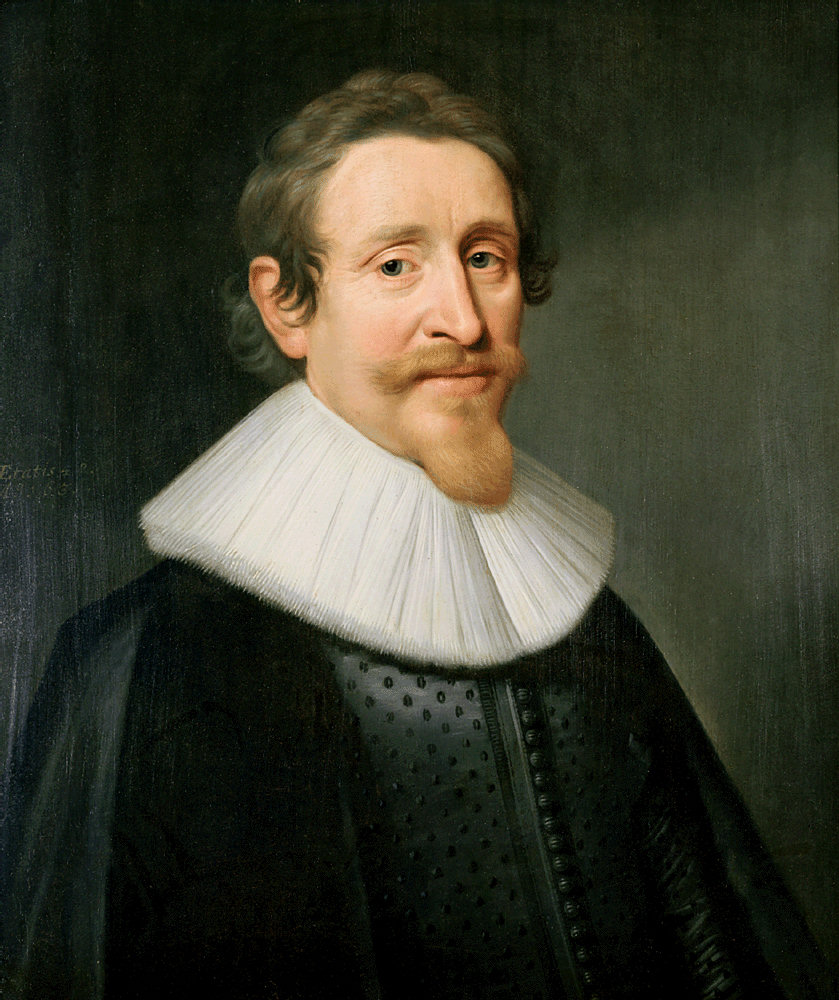I've been doing some work in the last couple of days on my SBL paper ('Epistolary Secretarial Greetings in the Documentary Papyri and the Greeting from Tertius in Romans 16.22'*) so that I can submit it for print publication. Most of the paper is papyrological and epistolographical, but there is some textual criticism here and there in the footnotes. One of those footnotes concerns Hugo Grotius and a conjecture he made about Romans 16 verse 22: ἈσπάζομαιὑμᾶςἐγὼΤέρτιοςὁγράψαςτὴνἐπιστολὴνἐνκυρίῳ.
 I first came across Grotius' conjecture in the ET of Meyer's late 19th century commentary on Romans. Then I checked The Amsterdam Database of New Testament Conjectural Emendation (Jan Krans, Bert Jan Lietaert Peerbolte, et al. (eds.), The Amsterdam Database of New Testament Conjectural Emendation (http://ntvmr.uni-muenster.de/
I first came across Grotius' conjecture in the ET of Meyer's late 19th century commentary on Romans. Then I checked The Amsterdam Database of New Testament Conjectural Emendation (Jan Krans, Bert Jan Lietaert Peerbolte, et al. (eds.), The Amsterdam Database of New Testament Conjectural Emendation (http://ntvmr.uni-muenster.de/Anyway, if you go to NTVMR and then enter NT Conjectures you can enter Romans 16.22 and get a load of results (six in total: four involving transpositions of different amounts of text of which v. 22 is a part). The one I'm interested in is cj10315 (here is a link that will take you straight there). You can tell at a glance that Grotius conjectured a text lacking Rom 16.22 in 1645 and that this idea was taken up and discussed between 1866 and 1898 (the golden age of conjectures?), and has not been much discussed since then. This you can tell at a glance, but if you start clicking on the little blue i symbols [like this: 🔁, but with a little white i inside], you can get access to complete bibliographical details and citations of the original points.
From all that information we can discover that Hugo Grotius suggested that Tertius’ greeting to the Roman believers was a marginal comment to the original letter incorporated into the archetype of Romans by a copyist (reference: Hugo Grotius, Annotationum in Novum Testamentum, tomus secundus (Annotationes in Acta Apostolorum et epistolas apostolicas) (Paris: Pelé, 11646), 336-337).
This is interesting, because this is not so much a conjectural omission (as it is labelled), but a conjecture about the format of the original letter (Grotius plainly thinks that Tertius’ greeting is part of the original communication by letter). Once we see this is a conjecture about formatting we can see that in its favour we could note:
a) that documentary letters quite often show margins used for additional greetings (see e.g. my discussion in ‘The Letters of Claudius Terentianus and the New Testament: Insights and Observations on Epistolary Themes’ Tyndale Bulletin 65 (2014), 219-245 available here);
b) that it is simpler to think of Paul dictating all the greetings from those with him together (rather than a switching from Paul to Tertius and then back to Paul again); and
c) that it would be natural for a scribe to copy such a marginal greeting into his text of Romans; and
d) that even if we adopted Grotius' conjecture we would still think of Tertius' greeting as a part of the original communication between Paul and the believers in Rome.So this is interesting to think about from an exegetical and historical point of view. Against Grotius' idea I would suggest that the natural place for a scribe to copy such a marginal greeting would be after the other greetings. That direct papyrological parallels to Tertius' greeting (discussed in my SBL paper) occur in normal continuity with third person reported greetings. And that the current location for Tertius' greeting is a difficult reading. (Here we come back to a basic problem with conjectures - they are designed to solve difficulties in the text, but it seems more methodologically sensible to prefer more difficult readings.)